We hope you had a chance to check out the five award-winning campaigns featured in our July issue and, as promised, this month we’re introducing you to five more. Once again, they address a wide range of issues – everything from infant malnutrition to the epidemic of loneliness among older adults – and each has been recognized by the Cannes Lion Awards for outstanding creativity. Thanks again to Lovethework.com for compiling the complete list of 2020-2021 Cannes Lion award winners, and to Storythings for introducing us to Lovethework.
In the Ecuadorian Andes, over 300,000 children suffer from chronic undernourishment. Parents often believe that a chubby baby is healthy, but the child’s height is actually a more precise indicator than its weight. To address both the problem and popular misconception, Fundacion Vivir, a local NGO, produced baby blankets (known in the Andean tradition as “Sikinchi”) with a growth chart sewn into the blanket’s design. Following World Health Organization guidelines, the blankets help parents accurately track their babies’ growth and recognize abnormalities early on. Last year, the “Mother Blanket” helped identify over 15,000 cases of malnutrition that might otherwise have gone undetected.
What do you do with a monument to Confederate soldiers after the statue has been torn down and only the empty pedestal remains? In February 2021, Color Of Change, the nation’s largest online racial justice organization, launched The Pedestal Project to place racial justice leaders atop those pedestals. This wasn’t a costly statue-for-statue replacement program, however. Color of Change asked people to use an augmented reality tool on their phones to place 3D images of the new statues on the pedestals (displaying leaders such as John Lewis, Chelsea Miller and Alicia Garza), take pictures of the virtual monument, and then share them on Instagram. The online campaign reached 48 countries and tallied over 600 million media impressions without Color of Change spending a single dollar to promote it.
Mumbai is infamous for its traffic jams, and rightly so: frustrated drivers are known to honk during red lights even though a countdown timer indicates exactly when the light will turn green again! To address the noise pollution resulting from these jams, the Mumbai Police department implemented a creative solution: “The Punishing Signal.” Devices measuring decibel levels were connected to traffic signals throughout the city. When the cacophony from the honking horns exceeded 85 decibels, the countdown timers would automatically reset to a longer-than-usual waiting period while an electronic sign would flash the message, “Honk more, wait more.”
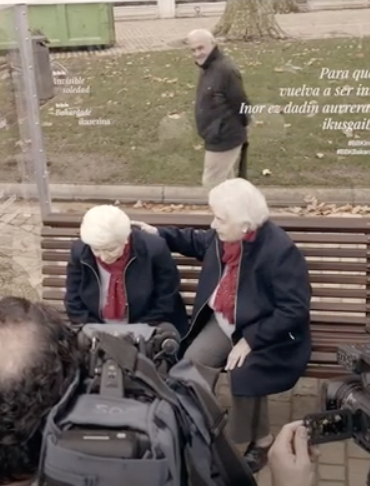 THE LAST OLDER PERSON TO DIE IN LONELINESS
THE LAST OLDER PERSON TO DIE IN LONELINESS
The World Health Organization has called loneliness “the epidemic of the 21st century.” The problem is particularly prevalent in Spain where over 2 million older adults live alone. Further aggravating the situation is that loneliness is often an invisible problem since older adults may be isolated in homes and apartments, out of view from the general population. To raise the visibility of this issue, the BBK Foundation designed and installed a hyper-realistic sculpture of an older woman, Mercedes, and placed it on a park bench in a busy city. The sculpture attracted the attention of passersby, then the media, and ultimately went viral via the Internet, creating 148 million social media impressions.
When Chloe Zhao won the Oscar for Best Director this year, it was both well-deserved and anomalous: in the 92 years prior, only five women were even nominated for this award.
In 2019, GiveHerABreak.org called attention to this nearly century-long discrimination against women by creating a technology that replaced commercials airing during the Oscar telecast with trailers for female-directed films. (We could fill another entire newsletter just explaining how the technology works, but the important things to know here is (1) that it actually worked, and (2) that it was entirely legal.) GiveHerABreak used Twitter and Instagram to promote the stunt, the media picked up the story, and when the Oscar telecast began, people started logging on at the rate of 75 per second! Ultimately, that added up to over 22 million impressions at no cost to GiveHerABreak.

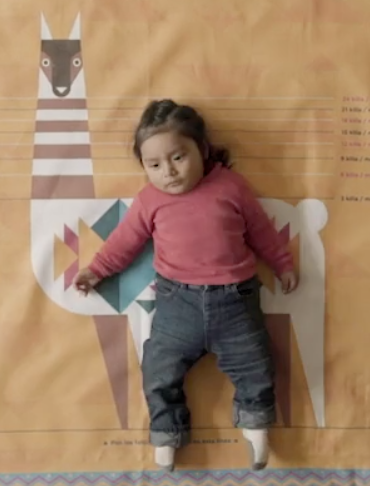
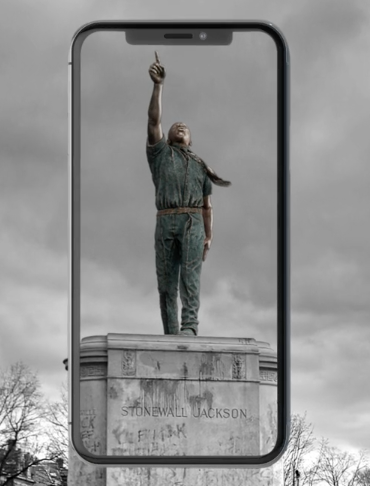 THE PEDESTAL PROJECT
THE PEDESTAL PROJECT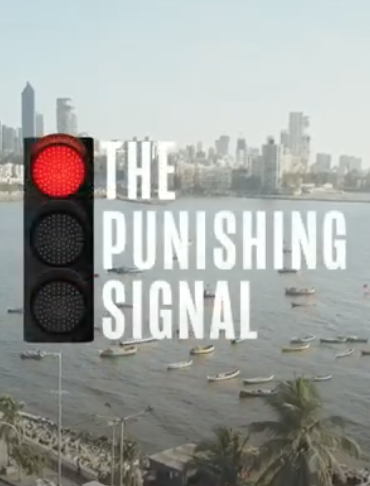 THE PUNISHING SIGNAL
THE PUNISHING SIGNAL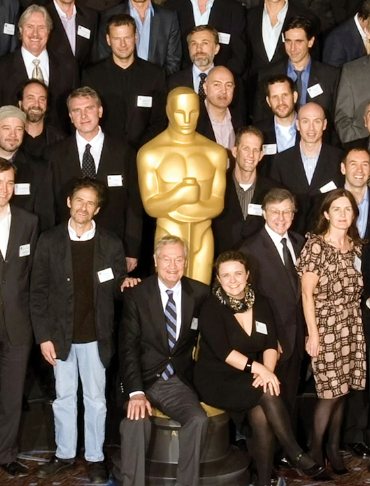 GIVE HER A BREAK
GIVE HER A BREAK